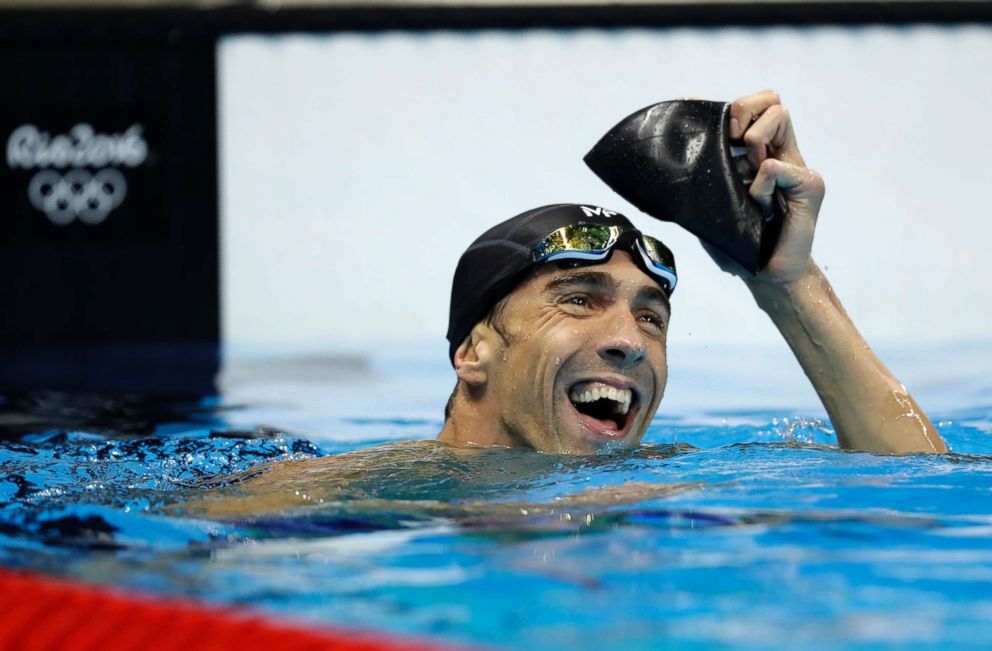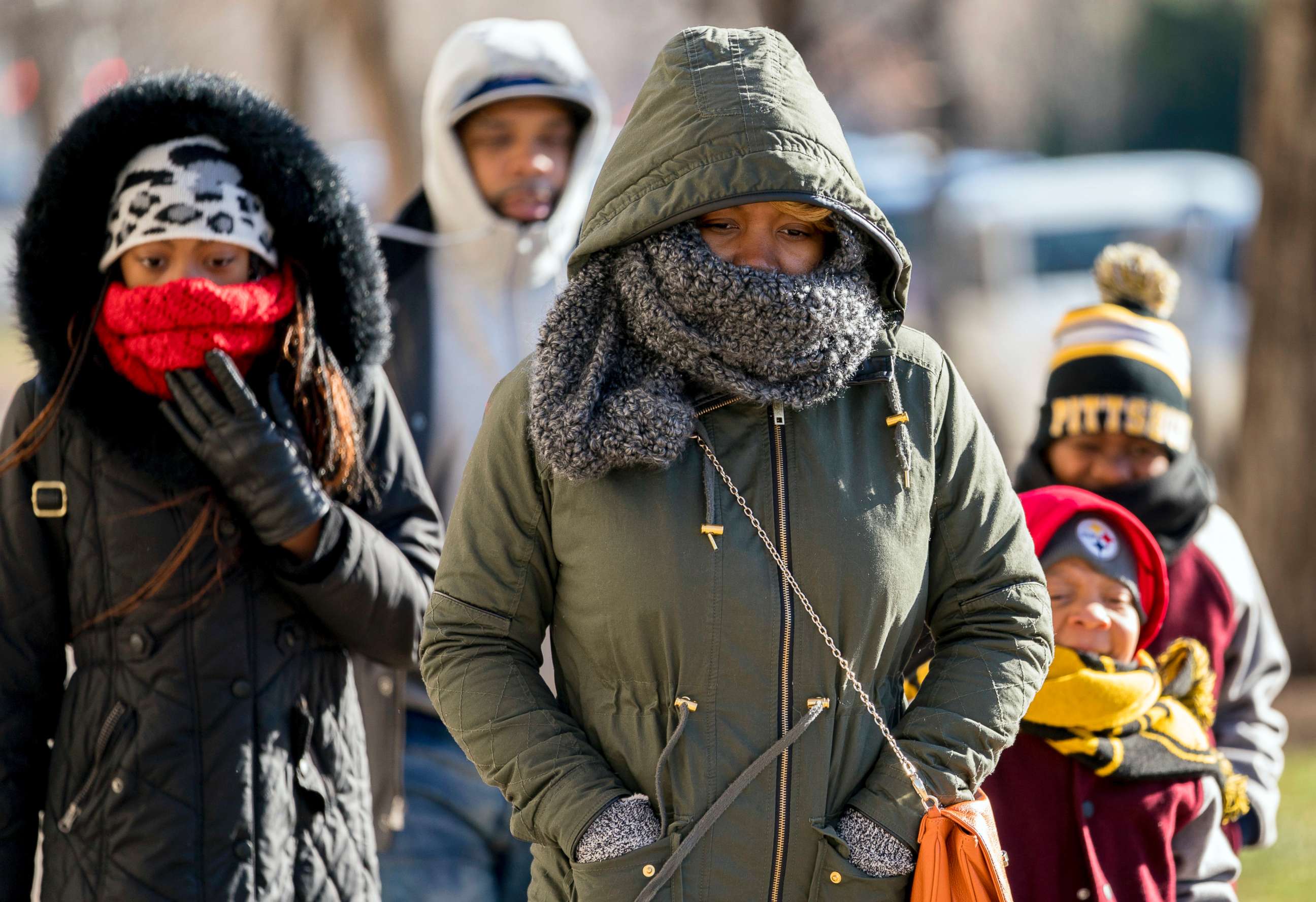Can being cold help you lose weight?
What if being cold could increase your metabolism and help you lose weight?
No one likes to be cold enough to shiver, but what if being cold could actually increase your metabolism, improve blood sugar and help you lose weight?
A study done on mice at the University of Tokyo supports this idea. The researchers found that a certain type of cells called beige fat can actively break down fat and sugar to improve insulin sensitivity and increase metabolism. Beige fat was also found to help regulate energy balance.
Where do these fat cells come from? Exposure to cold for long periods of time can “stress” the body into turning the bad fat that most people have into good fat.
Some types of fat are good
We have three types of fat -- brown, white and, now we are finding out, beige.
Brown fat, which is the fat we are born with that allows babies at birth to go from a warm uterus of 98 degrees Fahrenheit to room temperature of around 74 degrees. This fat is not associated with health problems. It got its name because it looks brown under a microscope due to its containing many mitochondria, the powerhouses of cells that produce energy. Mitochondria contain a protein called UCP1 that breaks down fat to make heat.
Belly fat is bad for your heart, researchers say
Brown fat is usually found in the neck, upper back and around the spinal cord and is responsible for burning calories in order to generate heat. As we get older, we lose this good fat.
White fat is the opposite. It lacks those energy-producing centers, mitochondria, and is the most common type of fat for adults. It insulates and cushions our vital organs such as the kidneys and heart. This fat interacts with hormones such as cortisol, the stress hormone, and insulin. Having a lot of this type of fat is associated with heart disease, diabetes and many types of cancers.
How do we get rid of white fat and get more brown fat?
There have been many studies of how fat cells work. Humans were genetically made to survive in cold temperatures and to use fat as an energy source when food was hard to find.
Over time, these genes have become less dominant. Now we store fat even though food is readily available. We have the luxury of warm temperatures all the time through heat in our homes.
And, people are more likely these days to have an abundance of white fat, a symptom of an obesity epidemic in the United States.
Researchers in the study of mice at the University of Tokyo found that long-term cold exposure can actually stress the white fat cells into developing more mitochondria and eventually becoming more efficient, calorie-burning beige cells. One group of mice was kept at 39 degrees Fahrenheit and another at 86 degrees Fahrenheit for one week. Without any change in diet, the mice that were kept at the lower temperature had more thermogenic activity -- meaning their cells were able to burn calories and stored fat to create heat.
So how does it work?
Shivering creates body heat short-term by warming up the muscles. In a long-term process called thermogenesis, brown fat cells create heat to keep the body warm. When you are cold for a long enough time, the white fat cells are forced to start acting like brown fat. This protein, JMJD1A becomes altered to JMJD1A and this white cells becomes a beige cell, which is thermogenic.
For example, Olympic swimming champion Michael Phelps spends much of his day in water of 70 degrees Fahrenheit. Beyond the calories needed to swim, his body is also losing heat to the cool water environment which is increasing his calorie breakdown even more.

There is a broader significance to these findings, as the study shows that a molecular mechanism, which in this case occurs when a person is cold for a long-enough period, can affect how genes are expressed. In other words, as one of the study’s authors, Juro Sakai from the University of Tokyo and Tohoku University, believes, although a person’s gene sequence is determined at conception, lifestyle may be able to help determine how those genes are expressed.
"We believe that this is the first time that anyone has collected data to prove that there are two steps between the environmental stimuli and epigenetic changes," said Sakai, an expert in the epigenetics of metabolism, said.
There is a broader significance to these findings. As one of the study’s authors, Juro Sakai from the University of Tokyo and Tohoku University, believes. Although a person’s gene sequence is determined at conception, lifestyle may be able to help determine how those genes are expressed -- meaning that all people genetically have the ability to have more efficient beige fat, so why not tap into those genes?
How might we be able to use this science?
More research is needed on the potential to turn white fat into energy-burning beige fat cells and on how long-term exposure to cold may affect fat cells in humans.

Obesity, which is at epidemic levels in the United States, is a debilitating condition that is related to many fatal diseases. So it is worth exploring further if we could promote weight loss, treat diabetes and stabilize blood sugars through exposure to colder temperatures for enough time to change the bad fat into good.
Studies show that to make a difference in the fat cells the temperature has to be in the non-shivering zone, which has been found by some to be around 40 degrees Fahrenheit. Becoming too cold can be dangerous and cause hypothermia and even cardiac arrest so it’s important for us to continue to further research this concept.
If more research confirms the findings of this study, maybe this could become a new fitness craze. We will have to play it cool and see.
Dr. Roshini Malaney is a cardiology fellow at Stony Brook University Hospital in Stony Brook, New York, and is working with the ABC News Medical Unit.




